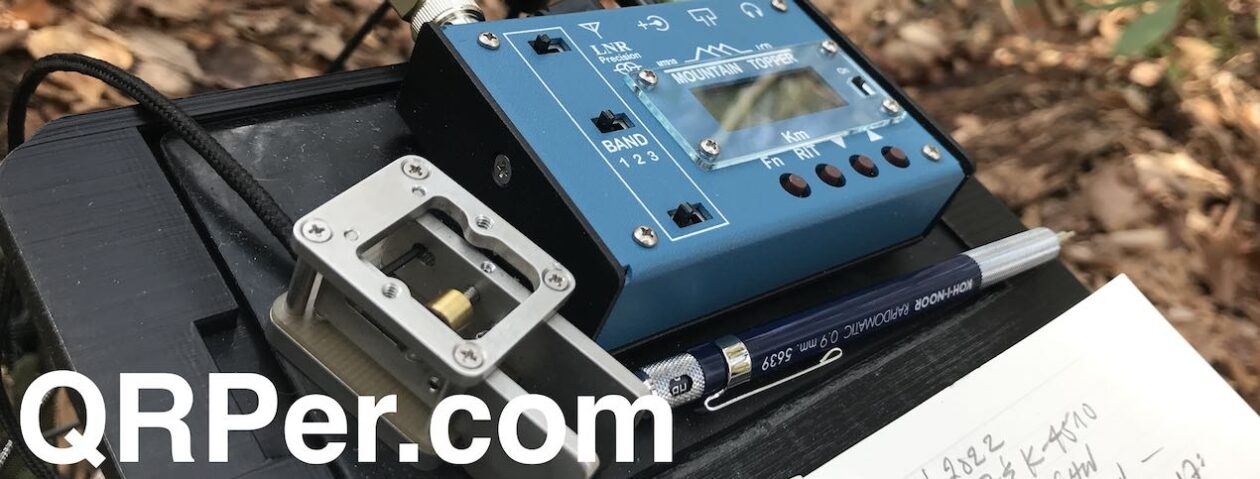One of the funny things about doing field activations is you never know what to expect when you arrive on site, setup, and hop on the air. It’s part of the fun, really. There are certain things you can control, and then there’s propagation.
On Sunday, February 14, 2021 (yes, Valentine’s Day), we had a modest break in the weather and my wife and daughters encouraged me to hit the field to do a quick activation before an afternoon movie marathon. Sunday was the first day I had seen the sun at our house since the previous Wednesday when the cloud ceiling descended to the altitude of our house (3,300′ ASL) and stayed there. It also wasn’t raining incessantly on Sunday, which was a welcome change.
I checked with my go-to propagation friend Mike (K8RAT) before heading out the door and he informed me that things were dismal. I wasn’t surprised: earlier that morning I worked a couple CW stations calling CQ POTA on 40 meters who had very few takers.
Still…I wasn’t going to let propagation stop me.
“Damn the torpedoes, full steam ahead.”
I chose the Zebulon B. Vance Birthplace (K-6856) as my POTA site because it’s the closest park to me that has a covered shelter. I fully expected rain to move in within an hour and really didn’t want that to cut my radio play short.
Once I arrived on site, I decided to deploy my Chameleon MPAS 2.0 vertical antenna. Why would I use a multi-band vertical instead of a more efficient wire antenna on a day with dodgy prop?

For one thing, I had a limited amount of time and the MPAS 2.0 can be deployed and packed up within a few minutes. Also, I could position the MPAS 2.0 close to the shelter so if heavy rain moved in, I could even keep the base of the antenna protected and pack it up under cover. That and I really didn’t want to fiddle with a wire antenna in the rain if I didn’t have to.
Gear:
On The Air
 In short: I only made 12 contacts during this brief activation.
In short: I only made 12 contacts during this brief activation.
But what I lacked in quantity, I made up for in quality!
Let’s skip straight to the QSOmap of the activation. Keep in mind these are contacts made with a vertical antenna and only 5 watts of power (green poly lines are CW, red is SSB):

Days like Sunday we can’t expect large pileups with five watts, but we can expect normal–albeit brief–openings that allow for some serious low-power DX.
My five watts and a vertical caught Raffaelle’s (IK4IDF) attention in Italy. Sure…he has good ears with a nine element HF Yagi, but I worked him with 5 watts over a distance of 7653 km / 4755.36 mi.
951 miles per watt? Yes, please! I’ll take that!
Parks On The Air isn’t really about working DX, but it’s so much fun when it does happen.
Video
I made a video of the full activation which includes setting up the Chameleon CHA MPAS 2.0. As I mention each time, this is a real-time, real-life video so keep expectations low. 
Click here to view on YouTube.
I’m hoping this odd pattern of bad weather will break soon. I shouldn’t complain: I feel pretty fortunate that we haven’t gotten hit hard with some of the heavy winter conditions affecting much of North America right now.
As soon as it dries up a bit, I’m ready to hike to a local summit for a little SOTA (Summits On The Air) fun! I can’t wait…








































